Cost-Benefit Analysis: Repairing Old AC Units vs. Investing in New Ones
In the world of cooling and heating, making the decision to repair an old AC unit or invest in a new one can be a challenging task. This is where a cost-benefit analysis comes into play. The process involves evaluating the costs and benefits of repairing old AC units versus investing in new ones, and it's a critical step for homeowners in North Port, Florida.
In this article, we will delve into the importance of cost-benefit analysis for AC units, the factors to consider in making this decision, and the benefits of both repairing old units and investing in new ones. We'll also provide practical tips on how to make the best decision for your specific situation. Whether you're weighing the age of your unit, its energy efficiency, or the potential cost savings, this comprehensive guide will help you navigate the decision-making process with confidence. So, if you're facing the dilemma of whether to repair or invest in a new AC unit, this article will be your go-to resource for making an informed and cost-effective decision.
What is a Cost-Benefit Analysis?
A Cost-Benefit Analysis (CBA) is a systematic approach to evaluating the potential rewards of an investment versus the costs involved, providing a comprehensive assessment of the financial implications of a particular decision or action, such as those related to AC units and HVAC systems.
It helps in determining whether the benefits of implementing a new HVAC system, upgrading an existing AC unit, or carrying out maintenance and repairs outweigh the expenses incurred. For instance, when deciding on the replacement of an old AC unit with a more energy-efficient model, a CBA can calculate the long-term energy savings and reduced maintenance costs against the initial investment. This analytical approach ensures that financial decisions regarding AC units and HVAC systems are based on a quantifiable and justifiable foundation.
Why is a Cost-Benefit Analysis Important for AC Units?
Conducting a Cost-Benefit Analysis for AC units is essential due to the significant impact of such systems on energy efficiency, comfort, and overall maintenance expenses, making it crucial to assess the long-term benefits and costs associated with operating, repairing, or replacing these units.
This analysis allows homeowners and businesses to make informed decisions about the most suitable AC units based on their energy efficiency ratings, potential savings on utility bills, and anticipated maintenance costs. It aids in identifying when the repair costs outweigh the benefits of continued operation, prompting consideration for an upgrade to a more efficient system. By focusing on the long-term advantages, a Cost-Benefit Analysis provides a comprehensive understanding of the financial and performance implications of AC units, ultimately contributing to smarter and more economical choices for cooling solutions.
Factors to Consider in a Cost-Benefit Analysis for AC Units
When conducting a Cost-Benefit Analysis for AC units, several key factors demand consideration, including:
- The age of the unit, repair frequency, energy efficiency, and a comparative evaluation of repair costs versus the investment in a new unit, all of which contribute to the comprehensive assessment of the system's financial implications and long-term viability.
Evaluating the age of the AC unit is crucial as older units may be less efficient and prone to increased repair needs, impacting long-term costs. Factoring in repair frequency helps to gauge the reliability and potential maintenance expenses while assessing energy efficiency plays a significant role in determining operational costs.
Comparing the total cost of past repairs with the investment in a new unit provides insight into the financial feasibility of an upgrade. These critical elements enable a thorough evaluation of the cost-benefit analysis for AC units.
Age of the AC Unit
The age of an AC unit serves as a fundamental factor in the Cost-Benefit Analysis, as it directly influences the system's efficiency, performance, and the potential costs of repairs or replacements, making it a pivotal consideration in evaluating the unit's financial viability and long-term benefits.
An aging AC unit may experience a decline in efficiency, leading to increased energy consumption and higher utility bills. This can impact the overall performance, resulting in inadequate cooling and ventilation. As AC units age, the frequency of repairs tends to rise, contributing to escalating maintenance expenses. When determining the financial implications, it becomes crucial to weigh the ongoing repair costs against the investment in a new, more efficient unit, considering the long-term savings and improved performance.
Frequency of Repairs
The frequency of repairs required by an AC unit is a crucial factor in the Cost-Benefit Analysis, as it directly influences the overall maintenance expenses and long-term investment considerations, necessitating a comprehensive evaluation of the financial implications associated with the unit's repair needs.
This aspect becomes particularly significant when determining the cost-effectiveness of maintaining the AC unit. High repair frequency can substantially drive up operational costs, affecting the budget allocation for maintenance. In a cost-benefit assessment, it becomes imperative to weigh the projected repair expenses against the potential long-term utility and efficiency of the unit.
Identifying patterns and root causes of frequent repairs also aids in making informed decisions about repair or replacement, thereby impacting the overall financial outlook of AC unit ownership.
Energy Efficiency
Evaluating the energy efficiency of an AC unit is a pivotal aspect of the Cost-Benefit Analysis, considering its direct correlation to operational costs, environmental impact, and potential long-term savings, necessitating a comprehensive assessment of the financial implications associated with the system's energy performance.
It is imperative to recognize that energy-efficient AC units can substantially reduce operational expenses through decreased electricity consumption, which not only impacts the organization's bottom line but also contributes to a more sustainable future.
The environmental benefits of lower energy consumption are significant, as they help in minimizing carbon emissions and conserve resources.
When conducting a Cost-Benefit Analysis, the potential savings derived from investing in energy-efficient AC units should be thoroughly integrated into the financial evaluation to capture the full spectrum of benefits.
Cost of Repairs vs. Cost of New Unit
Comparing the costs of repairs against the investment in a new AC unit is a critical element in the Cost-Benefit Analysis, as it directly impacts the financial decision-making process, emphasizing the need for a comprehensive evaluation of the long-term expenses and benefits associated with repair and replacement options.
This comparison allows homeowners and businesses to weigh the potential costs of recurring repairs against the upfront investment in a new, efficient AC system. Understanding the implications of continued maintenance expenses versus the benefits of improved energy efficiency, reduced repair needs, and potential rebates or incentives for new installations is essential in making informed financial decisions.
A thorough cost-benefit assessment can shed light on the long-term viability of the existing unit compared to the advantages of a new, technologically advanced system, providing a holistic view for effective decision-making.
Benefits of Repairing Old AC Units
The decision to repair old AC units offers several benefits, including lower immediate costs, familiarity with the system, and a more environmentally friendly approach, presenting a cost-effective and familiar option with potential efficiency improvements.
It is a well-established fact that repairing old AC units can lead to significant cost savings as compared to outright replacements. Opting for repairs instead of replacements allows homeowners to maintain the familiarity of their existing system, avoiding the need to adapt to a new unit's operation and features.
From an environmental perspective, repairing old units is a more sustainable choice, as it reduces the disposal and manufacturing impact that comes with replacing the entire unit. Repairs can also lead to potential efficiency enhancements, increasing the overall performance and energy efficiency of the AC unit.
Lower Cost
Repairing old AC units often leads to lower immediate costs, making it a financially attractive option for addressing system issues and maintaining functionality without the substantial investment required for new unit acquisition.
This cost-effectiveness is especially beneficial in the long run as it minimizes the need for substantial new investments, leading to significant savings over time. By repairing and maintaining older AC units, homeowners and businesses can prolong the lifespan of their existing systems, delaying the high expense of a complete replacement. This approach not only saves money but also reduces environmental impact by minimizing the need for new manufacturing and disposal of old units.
Familiarity with the Unit
Repairing old AC units allows for a level of familiarity with the system, enabling homeowners or facility managers to leverage their existing knowledge, maintenance routines, and understanding of the unit's operational characteristics, potentially streamlining the repair process and optimizing performance.
This familiarity empowers individuals to identify common issues more efficiently, addressing them before they escalate, ultimately reducing the risk of major breakdowns. Having a deep understanding of the unit’s operation can make diagnostics and troubleshooting more effective, leading to quicker solutions. Leveraging existing maintenance routines also promotes proactive measures, preventing potential problems and prolonging the lifespan of the AC unit.
Environmentally Friendly
Opting to repair old AC units aligns with environmentally friendly practices by extending the lifespan of existing systems and minimizing the environmental impact of premature replacements, showcasing a sustainable approach to maintaining HVAC infrastructure.
This sustainable approach not only reduces the consumption of raw materials for manufacturing new units but also minimizes the energy and resources required for disposal and recycling processes. Repairing old AC units helps prevent harmful refrigerants and other chemicals from being released into the environment, contributing to a healthier ecosystem.
By promoting the repair and maintenance of existing systems, individuals and businesses can make significant strides towards reducing their carbon footprint and supporting environmental sustainability.
Benefits of Investing in New AC Units
Investing in new AC units offers numerous benefits, including higher energy efficiency, reduced maintenance costs, and improved air quality, presenting an opportunity for enhanced performance and long-term savings.
These modern units are designed to consume less energy, translating to lower utility bills. With advanced technology, they also require minimal maintenance, saving you time and money. The improved air quality ensures a healthier living environment, reducing allergens and promoting overall well-being. Investing in new AC units can significantly enhance comfort and contribute to a more sustainable and cost-effective home or business environment.
Higher Energy Efficiency
New AC units are designed for higher energy efficiency, offering the potential for reduced operational costs, enhanced environmental sustainability, and superior performance, making them a compelling investment for long-term efficiency gains.
By incorporating advanced technologies such as variable speed motors and programmable thermostats, these new units can deliver precise and optimized cooling, resulting in lower energy consumption. The reduced energy usage not only translates to cost savings on utility bills but also contributes to a smaller carbon footprint, aligning with sustainable practices.
The enhanced performance ensures consistent and comfortable indoor temperatures, creating a more pleasant living or working environment for occupants.
Lower Maintenance Costs
New AC units often entail lower maintenance costs, providing a favorable cost-saving aspect due to reduced service requirements and the utilization of advanced technology, contributing to long-term financial benefits and operational efficiency.
These modern AC units are designed with advanced features that minimize the need for frequent maintenance, leading to substantial cost savings. The incorporation of innovative technologies enhances their efficiency, resulting in lower energy consumption and reduced wear and tear on components. This not only decreases operational expenses but also prolongs the lifespan of the units, offering a compelling value proposition for businesses and homeowners alike, seeking to optimize their HVAC system investments.
Improved Air Quality
Investing in new AC units results in improved air quality, enhancing the comfort and well-being of occupants while potentially mitigating health concerns and creating a healthier indoor environment, underscoring the holistic benefits of such an investment.
This enhanced air quality not only provides a more comfortable living or working environment by maintaining optimal temperature and humidity levels but also contributes to improved respiratory health, reducing the risk of allergies and respiratory issues.
The investment in new AC units can help in removing indoor air pollutants, such as dust, pet dander, and mold, further promoting a healthier indoor space for the occupants.
How to Decide Between Repairing Old AC Units or Investing in New Ones?
The decision-making process between repairing old AC units and investing in new ones involves thorough consideration of the aforementioned factors, consultation with professional HVAC contractors, and a comprehensive evaluation of budgetary constraints to arrive at an informed and strategic choice aligned with specific needs and goals.
When deciding between repairing old AC units and investing in new ones, homeowners must carefully weigh the cost of repairs against the investment in a new system. Professional HVAC contractors can provide valuable insights into the condition of the existing unit and the potential benefits of an upgrade, taking into account energy efficiency, technological advancements, and long-term savings.
Budgetary evaluation is crucial to ensure that the chosen option aligns with financial capabilities and optimal return on investment.
Consider the Factors
Evaluating the relevant factors such as unit age, repair frequency, energy efficiency, and comparative costs is a critical step in making the decision between repairing old AC units and investing in new ones, demanding a comprehensive analysis of the associated financial, operational, and environmental implications.
This process involves assessing the financial impact of the initial investment in a new unit against the potential long-term savings in energy costs and repair expenses. The operational implications must be considered, including the impact on indoor air quality, consistent temperature control, and the ability to meet the specific cooling requirements of the space.
The environmental implications, such as the energy efficiency rating of the new unit and the potential for eco-friendly refrigerants, play a significant role in the decision-making process. Considering these factors helps in making an informed decision with long-term benefits.
Consult with a Professional
Seeking guidance from professional HVAC contractors is crucial in navigating the decision-making process between repairing old AC units and investing in new ones, leveraging their expertise to assess system conditions, provide recommendations, and facilitate an informed choice aligned with specific requirements.
Their experience allows for a thorough evaluation of the existing AC unit's functionality, energy efficiency, and overall performance, leading to informed decisions based on both short-term fixes and long-term cost implications. Professional contractors possess in-depth knowledge of the latest technology and energy-efficient options, helping homeowners make sustainable choices that align with their specific needs and budget constraints. By consulting with experts, individuals can ensure that their AC investment provides optimum comfort, efficiency, and long-term value for their property.
Determine Your Budget
Assessing and determining the budgetary constraints associated with repairing old AC units versus investing in new ones is a pivotal step in the decision-making process, demanding a balanced comparison of costs, benefits, and long-term financial implications to align the choice with available resources and financial objectives.
This careful evaluation ensures that the decision regarding AC units takes into account not only the upfront costs but also the potential energy savings, maintenance expenses, and environmental impact.
By thoroughly examining the life-cycle costs and considering the potential rebates or incentives for energy-efficient models, individuals can make informed decisions that align with their financial goals and contribute to sustainable practices.
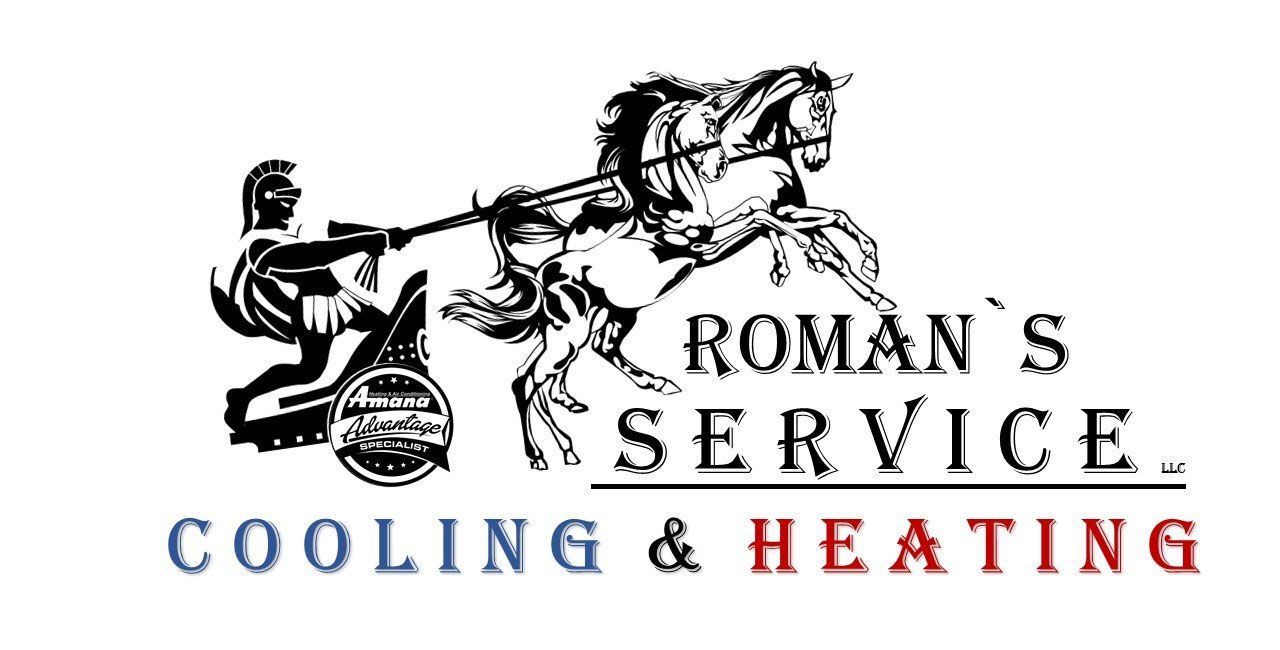
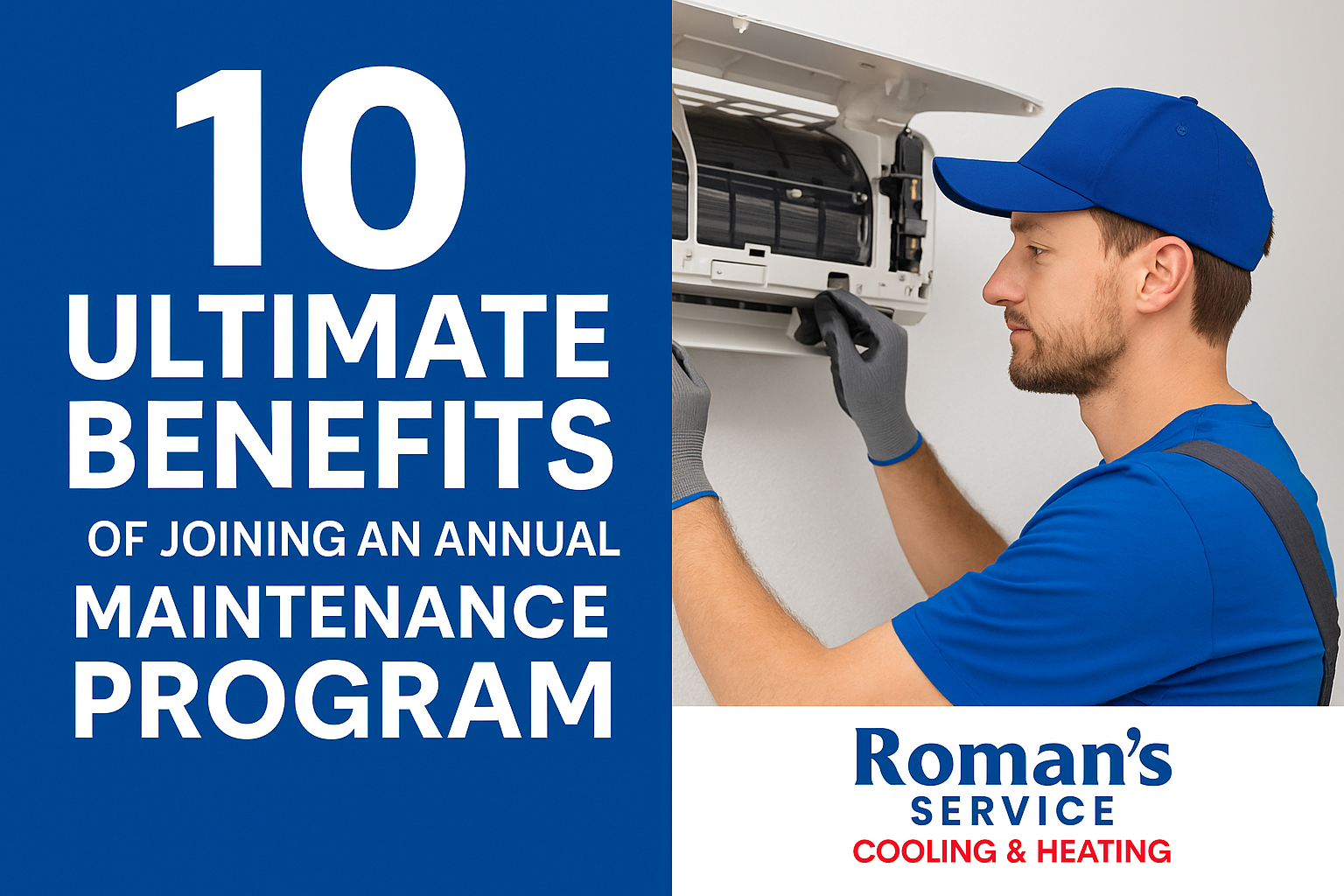
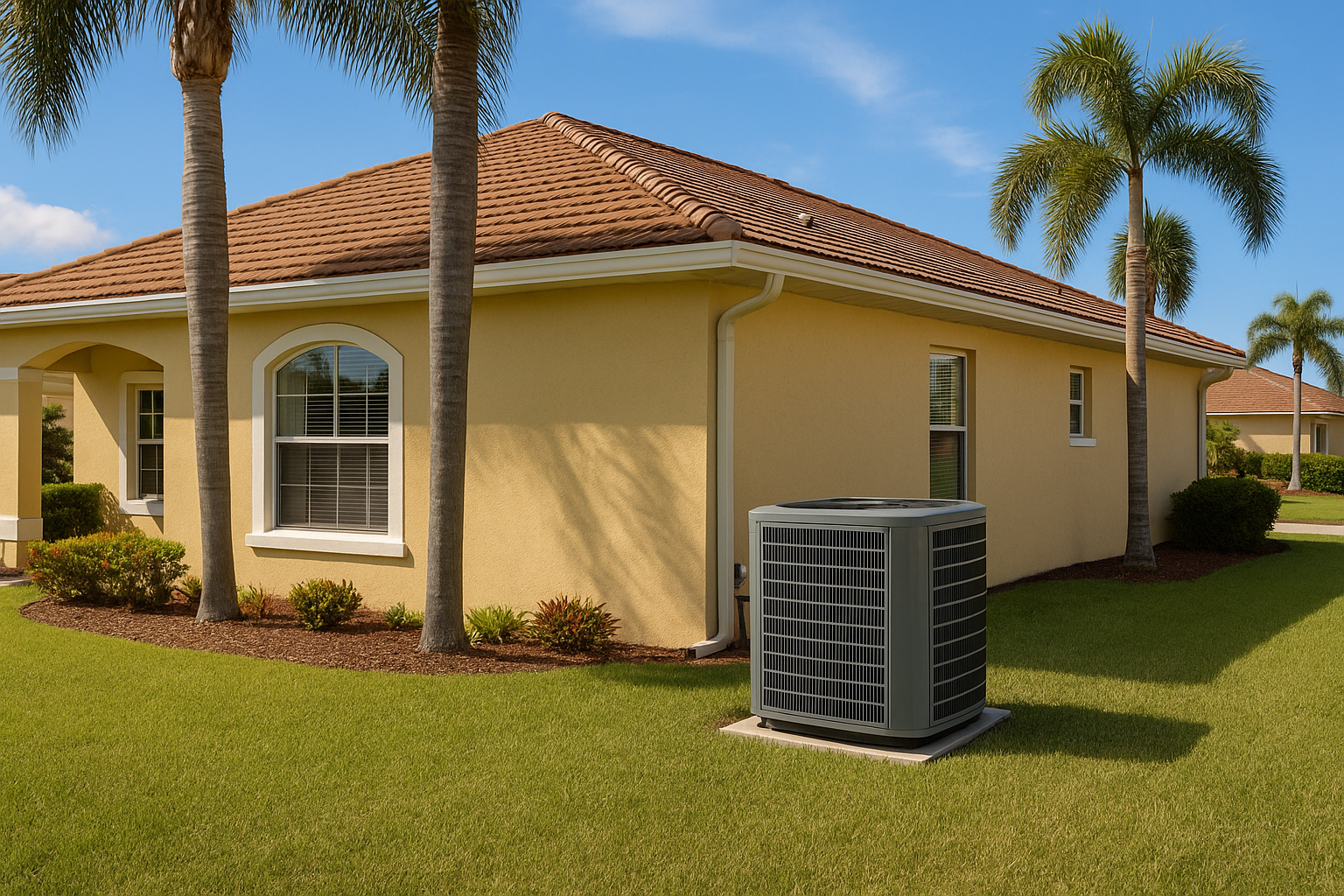


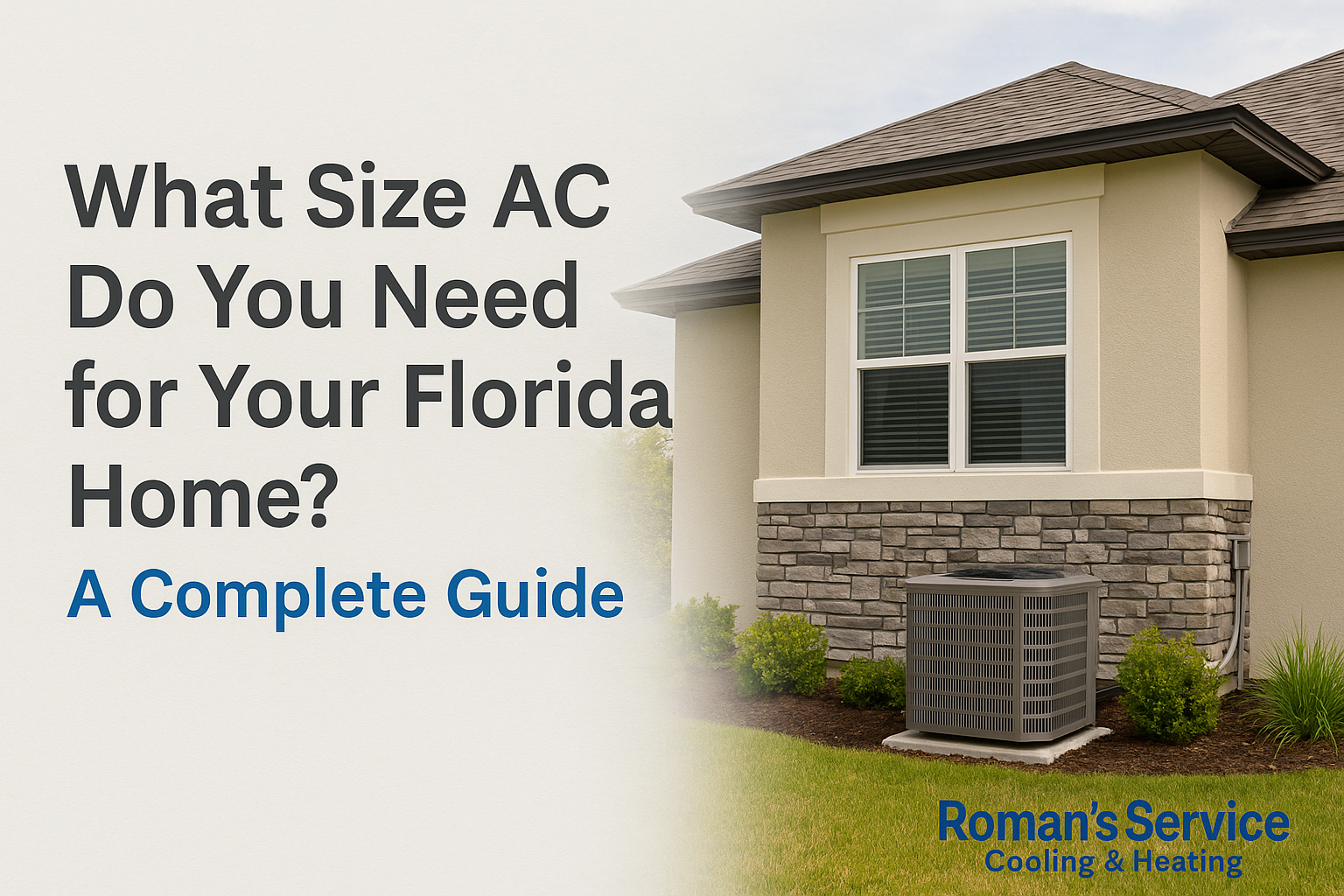
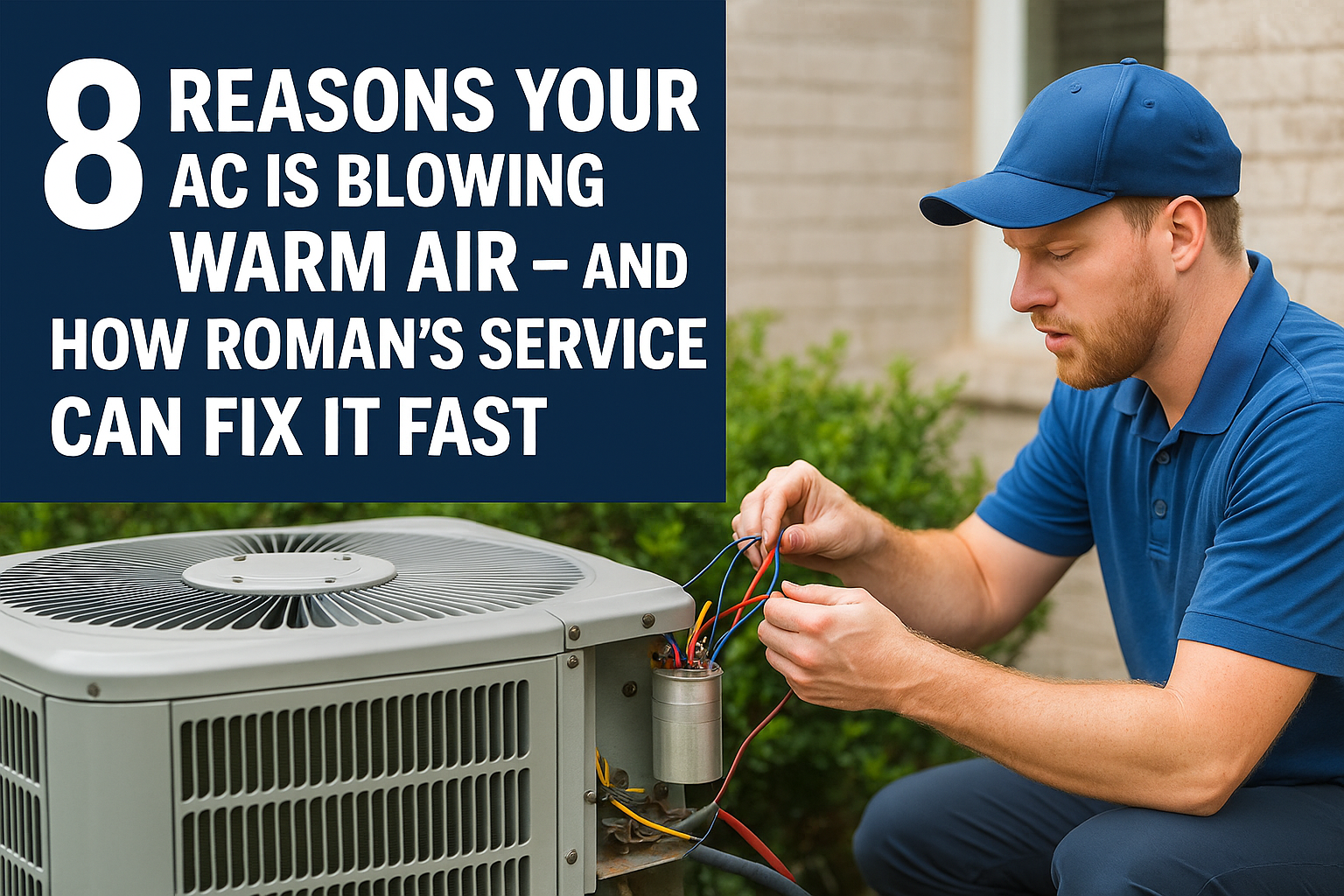

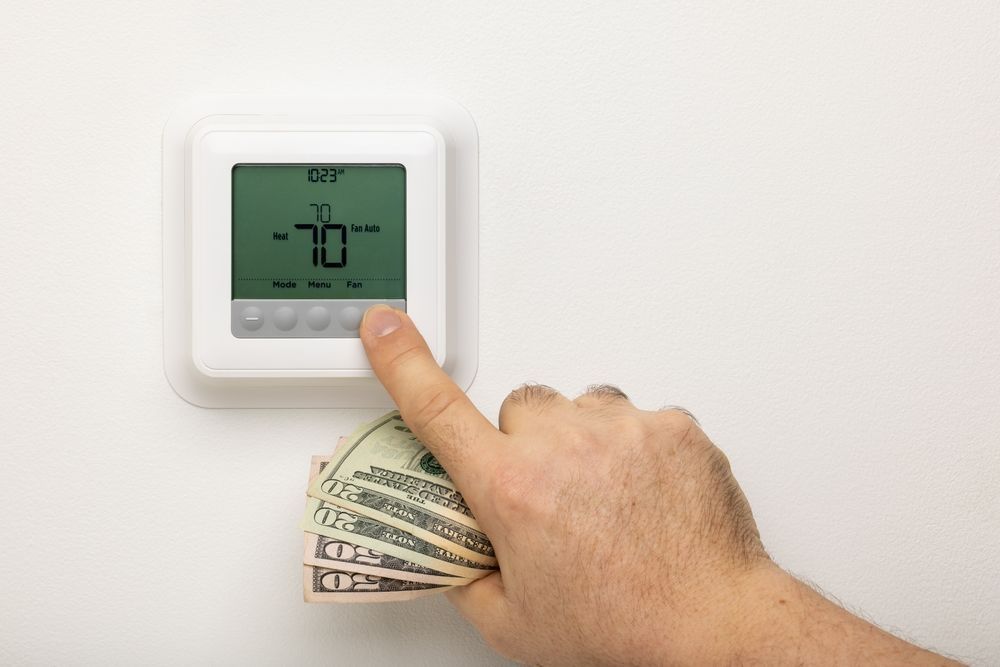
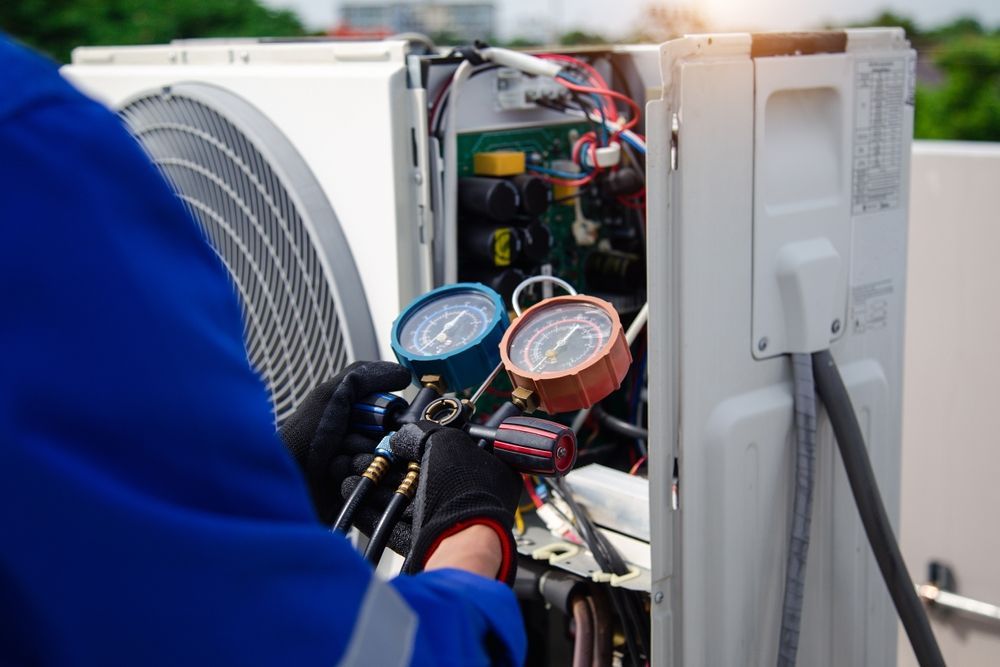
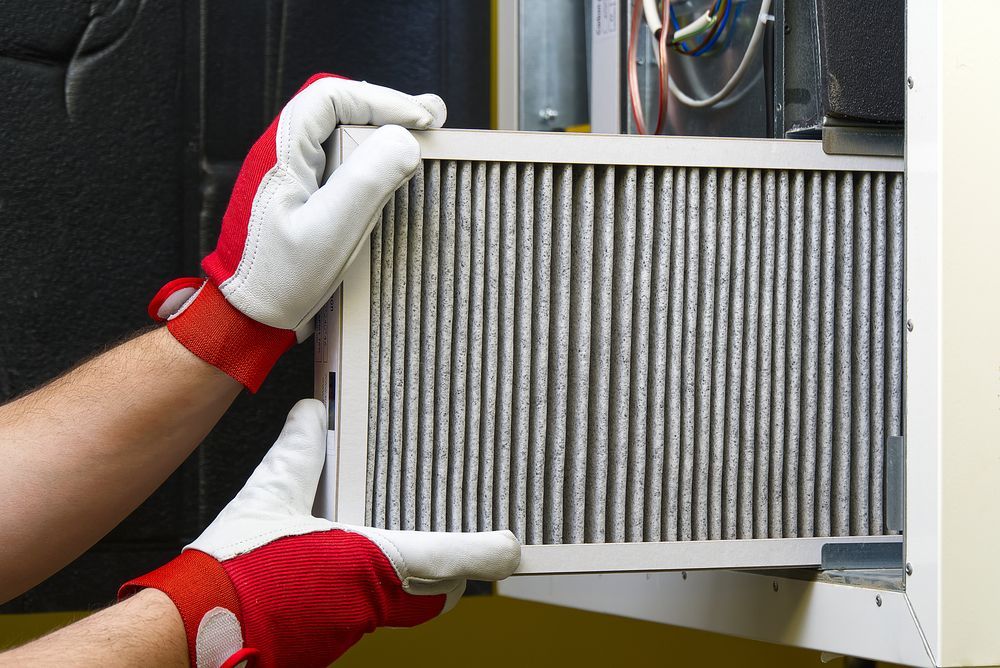
Share On: